Reduce logistics costs
Nearly a year ago, the 1.18km long national inland waterway Nghia Hung canal connecting the Day River with the Ninh Co River, considered the "Panama Canal" of Vietnam, officially opened to receive large ships through Nam Dinh .
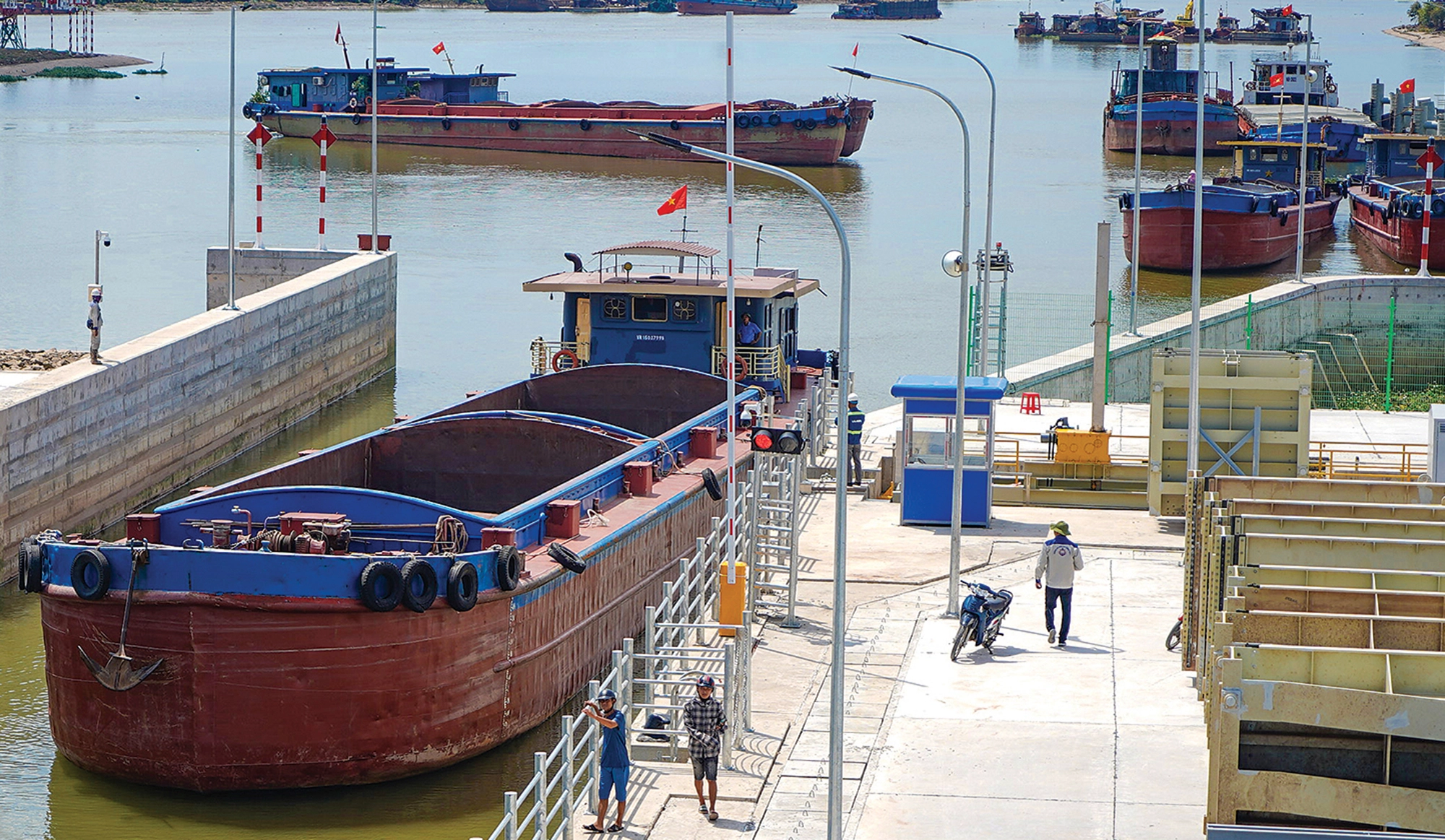
Nghia Hung Canal connecting Day River with Ninh Co River will be put into operation in 2023, helping to reduce inland waterway transport costs and reduce the burden on roads. Photo: Ta Hai.
Mr. Nguyen Van Thuong, Executive Director of the Day - Ninh Co canal cluster project, said that this canal route helps 2,000-ton fully loaded ships and 3,000-ton partially loaded ships to go deep inland to the Ninh Binh and Ninh Phuc port clusters, thereby reducing transportation costs, reducing the burden on roads, and reducing environmental pollution.
The maritime sector will continue to promote the socialization of investment in seaport infrastructure. Investment attraction and organization will be implemented in the direction of overall development, ensuring synchronization of infrastructure and technology solutions between bridges and ports with larger-scale projects, more suitable to the financial and management capacity of investors.
Director of Vietnam Maritime Administration Le Do Muoi
According to Mr. Tran Tien Dung, Chairman of Hai Phong Logistics Association, after the canal is put into operation from mid-2023, it will help reduce sea travel time because there is no need to go around, which means reducing costs.
That is just one of hundreds of transport infrastructure projects invested by the Ministry of Transport to increase connectivity with seaports, inland waterway ports, and railway stations with the goal of increasing the market share of waterway, sea, and rail transport.
With the advantage of transporting large volumes of goods at low cost, the development of sea transport and inland waterways contributes to reducing logistics costs. According to the Ministry of Industry and Trade, in the period 2010-2016, the ratio of logistics costs to GDP was about 20-21%. However, from 2016 to now, this ratio has only been about 16.8%. This is thanks to the connection of seaport infrastructure with other modes of transport such as roads, waterways, dry port systems, etc.
High growth in goods passing through the port
According to the Vietnam Maritime Administration, the volume of goods passing through Vietnam's seaports has grown rapidly and steadily in recent years. From 2015 to 2019, the average growth rate of cargo throughput through seaports was over 10% per year. Regarding import and export cargo transportation, the market share of the Vietnamese shipping fleet from 2016 to 2022 increased from 5-8.25%, reaching an average of 6.8% per year.
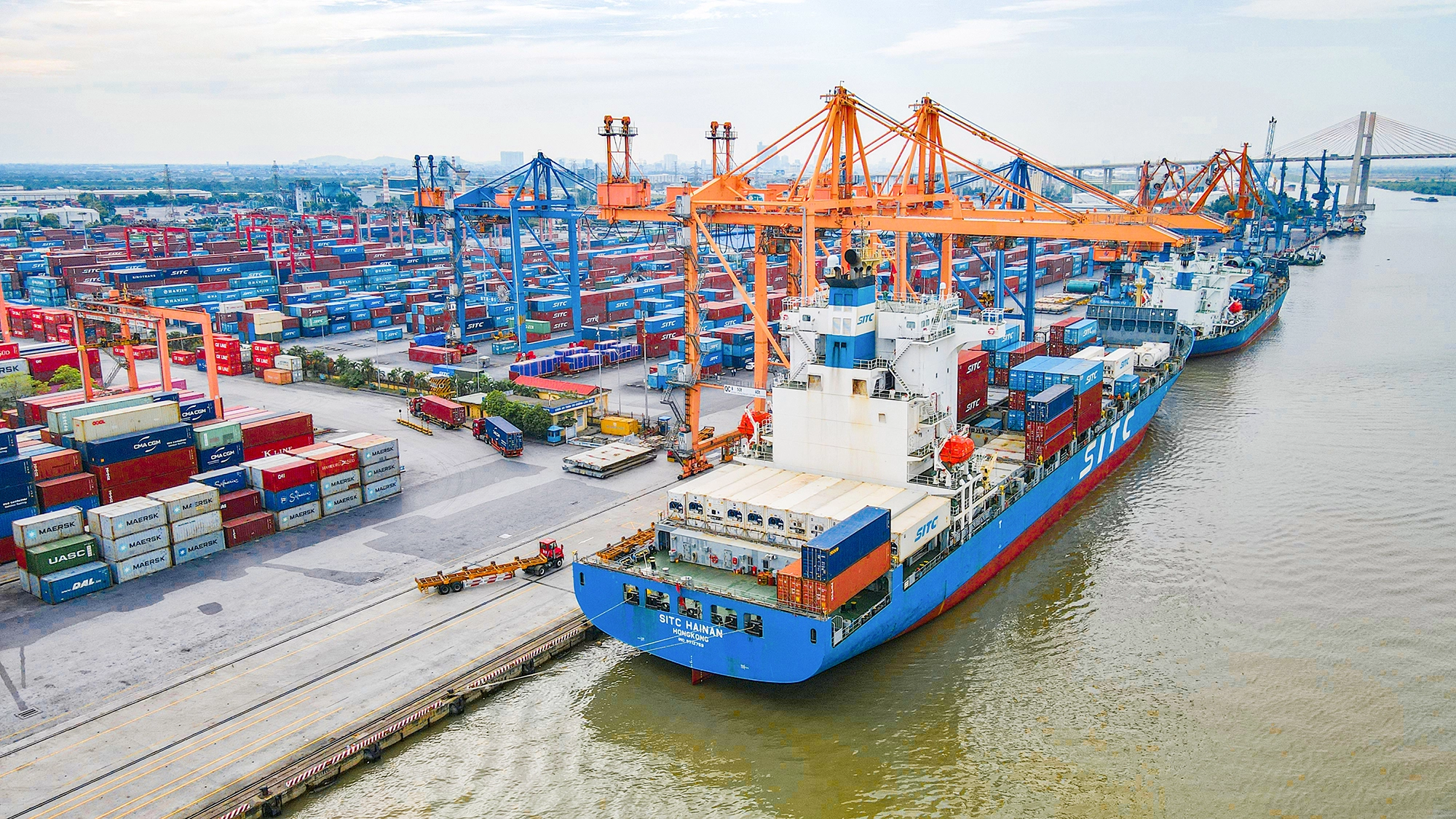
The development of maritime and inland waterway transport has contributed greatly to reducing logistics costs. Photo: Ta Hai.
Mr. Tran Tuan Hai, Chief of Office of Vietnam National Shipping Lines (VIMC), said that the growth rate of cargo throughput through seaports in VIMC's port system is on average 10% per year. Currently, the total cargo throughput through VIMC's seaport system is about 126 million tons. The seaport infrastructure basically meets the volume of import and export goods and domestic transportation, without congestion or lack of ports.
Similarly, waterway freight transport accounts for nearly 20% of total cargo volume. Except for the Northern region with a proportion of about 2%, in the South, container transport by waterway from Cai Mep port to Ho Chi Minh City, Binh Duong and the Mekong Delta region accounts for up to 85% of cargo volume circulating between Cai Mep and other localities. This helps the Southern region have lower transportation and logistics costs than in the Central and Northern regions.
Mr. Nguyen Van Quyen, Chairman of the Vietnam Automobile Transport Association, said that road transport accounts for the majority of the market share with more than 94% of total passenger transport volume and more than 77% of total freight transport volume.
The gradual formation of a national expressway network and dedicated roads to ensure effective connection between industrial zones, key economic centers, main border gates, and important traffic hubs with seaports, inland waterway ports, and railway stations has brought about efficiency. The clear evidence is that the volume of transport and the number of maritime and waterway traffic have all increased.
Railway transformation
Meanwhile, the Vietnam Railway Authority said that in 2022, passenger transport output will reach more than 4.4 million people and cargo output will reach 5.66 million tons. In 2023, transport results will reach about 5.8 million people and more than 4.37 million tons of cargo.
This result was achieved thanks to the railway receiving attention in terms of investment mechanisms, policies and investments. Mr. Tran Thien Canh, Director of the Vietnam Railway Authority, informed that the 2017 Railway Law has many policies for railway development in terms of infrastructure, vehicles and transport business activities.
Regarding investment, in the 2016-2020 period, the investment capital for the development of national railway infrastructure in the total capital allocated through the Ministry of Transport is VND 18,657 billion (accounting for about 8.19%). In the 2021-2025 period, this figure is VND 15,467 billion (accounting for about 4.73%).
In the 2016-2020 period, the economic capital for railway infrastructure maintenance was VND 13,267 billion. In the following period, the capital gradually increased through the years 2021, 2022, 2023, respectively VND 2,822 billion, VND 3,000 billion and VND 3,450 billion.
Typically, the 2016-2020 medium-term capital will spend 7,000 billion VND to renovate and upgrade essential works on the Hanoi - Ho Chi Minh City railway line. The 2021-2025 period will also spend about 3,500 billion VND in domestic capital to renovate and upgrade other essential works.
Implementing many projects to improve infrastructure capacity
According to the Director of the Vietnam Maritime Administration, Le Do Muoi, since the first seaport planning approved by the Prime Minister (in 1999), the new seaport system had 20km of wharfs with a throughput capacity of 80 million tons/year. Up to now, the Vietnamese seaport system has grown 5 times in scale (nearly 100km of wharfs) and the throughput capacity has increased nearly 10 times with a capacity of about 750 million tons/year.
Director of the Vietnam Waterways Administration Bui Thien Thu also said that the Ministry of Transport has paid attention to resolving and removing many contents in the Master Plan for inland waterway infrastructure for the 2021-2030 period, with a vision to 2050. A number of key projects to remove bottlenecks have been completed and put into use, such as the Day - Ninh Co connecting canal project and the Cho Gao canal upgrade phase 2.
Some projects are also being implemented such as: upgrading the clearance of Duong bridge, upgrading the clearance of 11 low bridges in the Mekong Delta region (completed in 2025), the project to develop waterway and logistics corridors in the Southern region (completed in 2027)...
Although railways have received attention, what worries the leaders of the Vietnam Railway Authority is the very low ability to balance the allocation from the State budget. Incentive mechanisms to mobilize capital have been legalized but have not been implemented in practice.
Regarding road connections, the current passenger station located in the inner city has not really become a central hub connecting with public transport modes such as buses, taxis, etc. Regarding seaports, the railway used to connect to many large seaports but has been removed. Currently, there are only 2 seaports with direct railway connections: Hai Phong port and Cai Lan - Quang Ninh port.
Regarding inland waterway ports, there are currently only two inland waterway ports with direct railway connections, Viet Tri port and Ninh Binh port, but these ports have ceased operations. There is also currently no railway connection directly to the airports.
Mr. Tran Tien Dung, Chairman of Hai Phong Logistics Association, expects that the State will continue to invest in solving bottlenecks in waterway infrastructure such as dredging channels and increasing bridge clearance. Enterprises will have to invest in ports and facilities, so they need support in terms of mechanisms and policies.
According to the General Statistics Office, in the first four months of 2024, passenger transport increased by 8.4% and turnover increased by 12.7% over the same period last year. Freight transport increased by 12.7% and turnover increased by 7.6%.
In particular, freight transport by sea and inland waterways both had quite clear growth compared to the remaining modes of transport, reaching 45.1 million tons (up 15.3% over the same period in 2023) and 176.3 million tons (up 13.2%), respectively, freight turnover by sea reached 85.7 billion tons/km (up 5.2%) and by inland waterways reached 36.7 billion tons.km (up 9% over the same period).
Source: https://www.baogiaothong.vn/loi-lon-nho-tang-dau-tu-duong-thuy-duong-sat-192240523222546909.htm


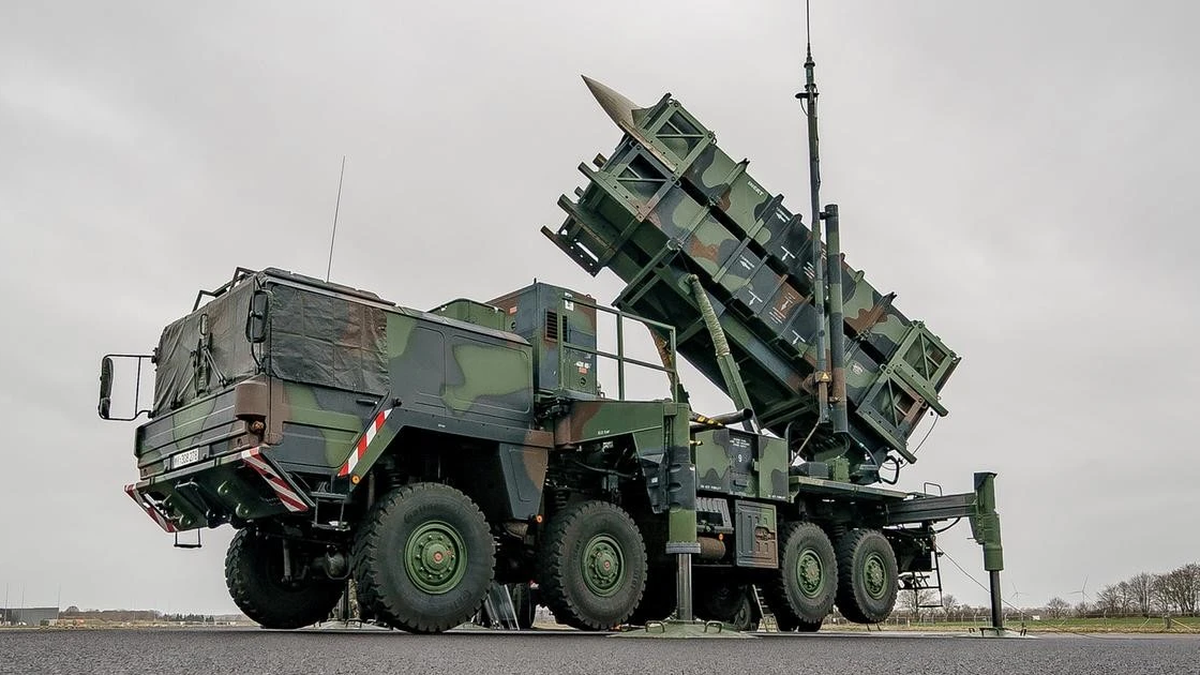







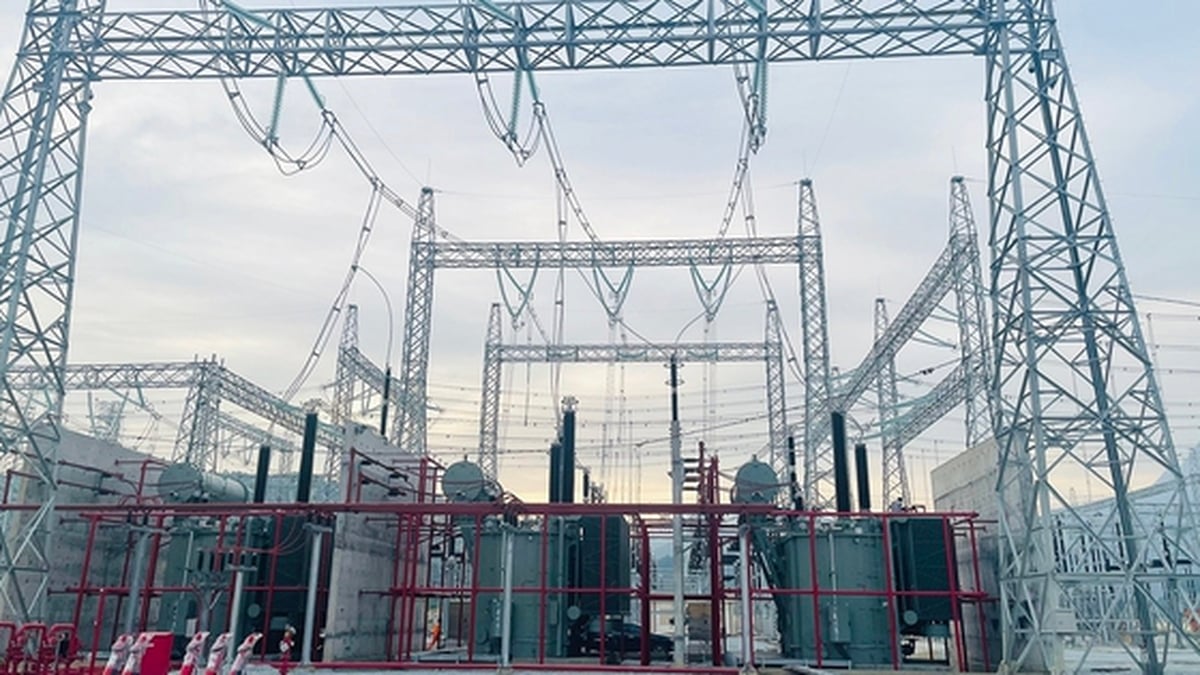















































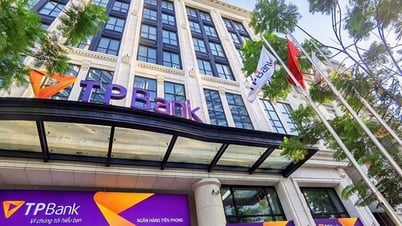


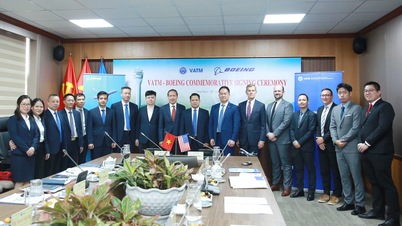



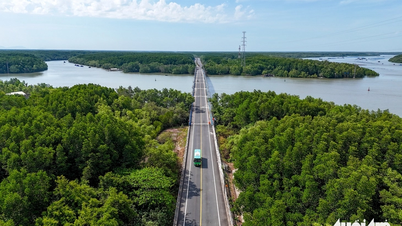
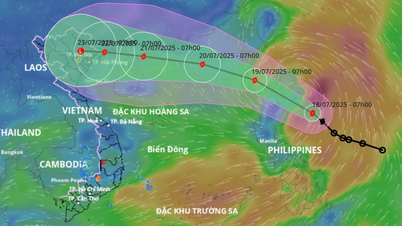






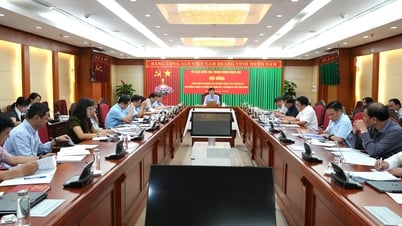




















![[Infographic] In 2025, 47 products will achieve national OCOP](https://vphoto.vietnam.vn/thumb/402x226/vietnam/resource/IMAGE/2025/7/16/5d672398b0744db3ab920e05db8e5b7d)





Comment (0)